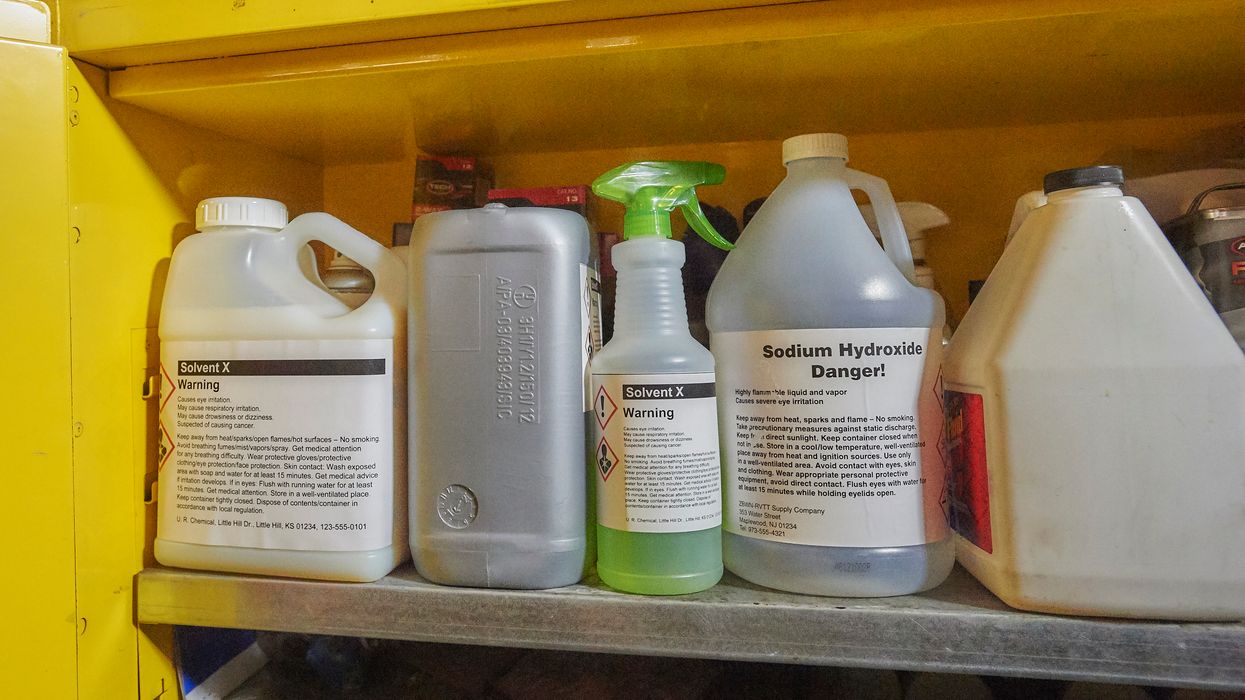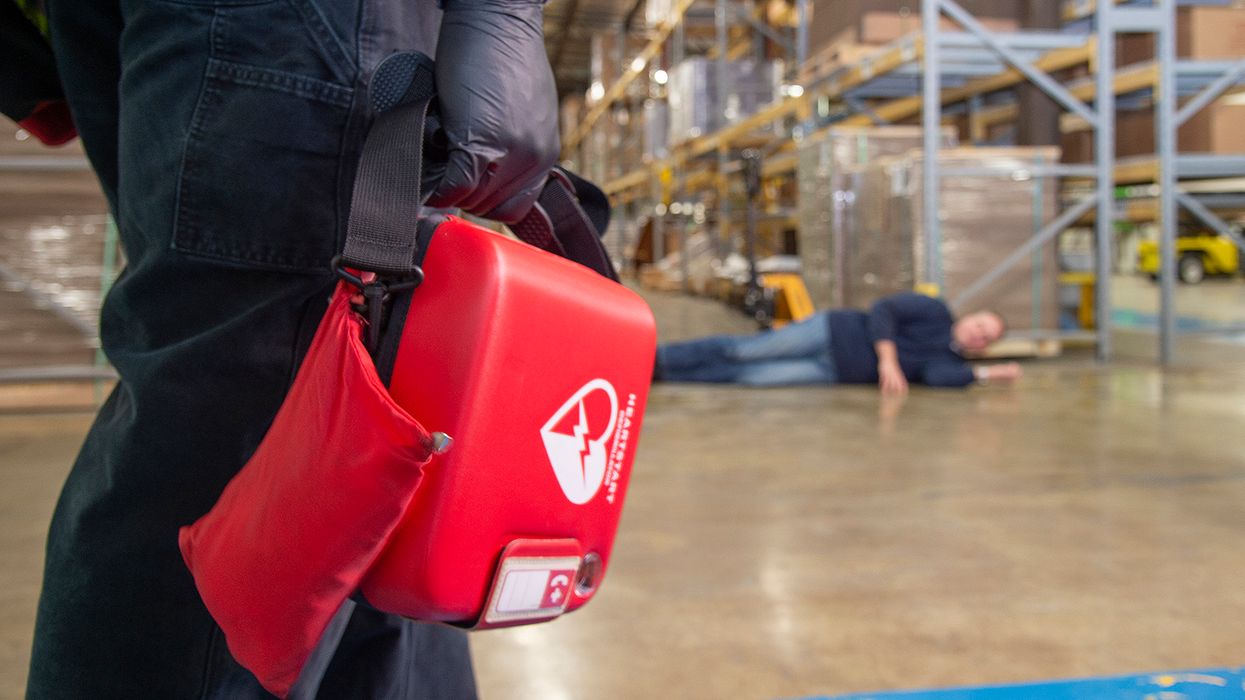How much do your employees know about diabetes risk factors?
An estimated 38 million people in the United States have diabetes, according to the Centers for Disease Control and Prevention (CDC), yet 1 in 5 do not realize they have it.
Diabetes is the most expensive chronic condition in the United States, costing an estimated $413 billion annually, and can bring serious health complications, including kidney failure, heart disease, and blindness.
The prevalence of the condition and its high price tag underscore the importance of awareness and prevention. November is Diabetes Awareness Month and is a great time to provide information that helps employees understand diabetes and its risk factors. The 12 True/False questions listed below can help employees learn more about the condition.
The activity may cause employees to wonder about their risk for diabetes. If they have concerns, they should talk to their health care provider about their risk as well as how to prevent or manage the condition.
True or false? Test your diabetes knowledge
- Type 1 diabetes is an autoimmune disease that is usually diagnosed in children and teenagers; it is not preventable.
- Type 2 diabetes occurs as a result of insulin resistance. It is often preventable.
- When a person has prediabetes, blood sugar levels are higher than normal but not high enough to be diagnosed as diabetes.
- A woman is at greater risk for prediabetes and diabetes if she has had diabetes while pregnant (gestational diabetes).
- A physically active person has a higher risk of having prediabetes and diabetes.
- An individual’s weight has an impact on their risk for prediabetes and diabetes.
- Smoking increases the risk of diabetes complications.
- The risk for prediabetes and diabetes increases if you have a parent or sibling with type 2 diabetes.
- A person with prediabetes will always get type 2 diabetes.
- A person’s risk for prediabetes and type 2 diabetes increases with age.
- If I’m over age 50, it’s too late to reduce my risk for type 2 diabetes.
- Dramatic lifestyle changes are always needed to reduce diabetes risk.
Diabetes Information Answer Key
1. True. Type 1 diabetes, which is not preventable, is an autoimmune disease that is usually diagnosed in children and teenagers.
2. True. Type 2 diabetes, which is often preventable, occurs as a result of insulin resistance. Type 2 diabetes is the most common type of diabetes.
3. True. Prediabetes occurs when blood sugar levels are higher than normal but not high enough to be diagnosed as diabetes.
4. True. A woman is at greater risk for prediabetes and diabetes if she has had gestational diabetes.
5. False. The opposite is true; the less active you are, the greater your risk.
6. True. Being overweight is a risk factor.
7. True. A person who smokes is at greater risk of complications from diabetes.
8. True. A person’s risk for prediabetes and diabetes increases if they have a parent or sibling with type 2 diabetes.
9. False. Eating right, being active, and staying at a healthy weight can bring blood sugar levels back to normal and prevent type 2 diabetes.
10. True. Prediabetes and diabetes risk increases with age.
11. False. It’s never too late to make lifestyle changes that reduce your risk.
12. False. Small, gradual improvements in diet and activity levels can make a difference and lower the risk of prediabetes and type 2 diabetes.
Key to remember: Diabetes is a serious condition, but the disease can be managed and complications can be avoided. In addition, type 2 diabetes can usually be prevented. Employees should talk to their health care provider if they have concerns about their risk for diabetes.

































































